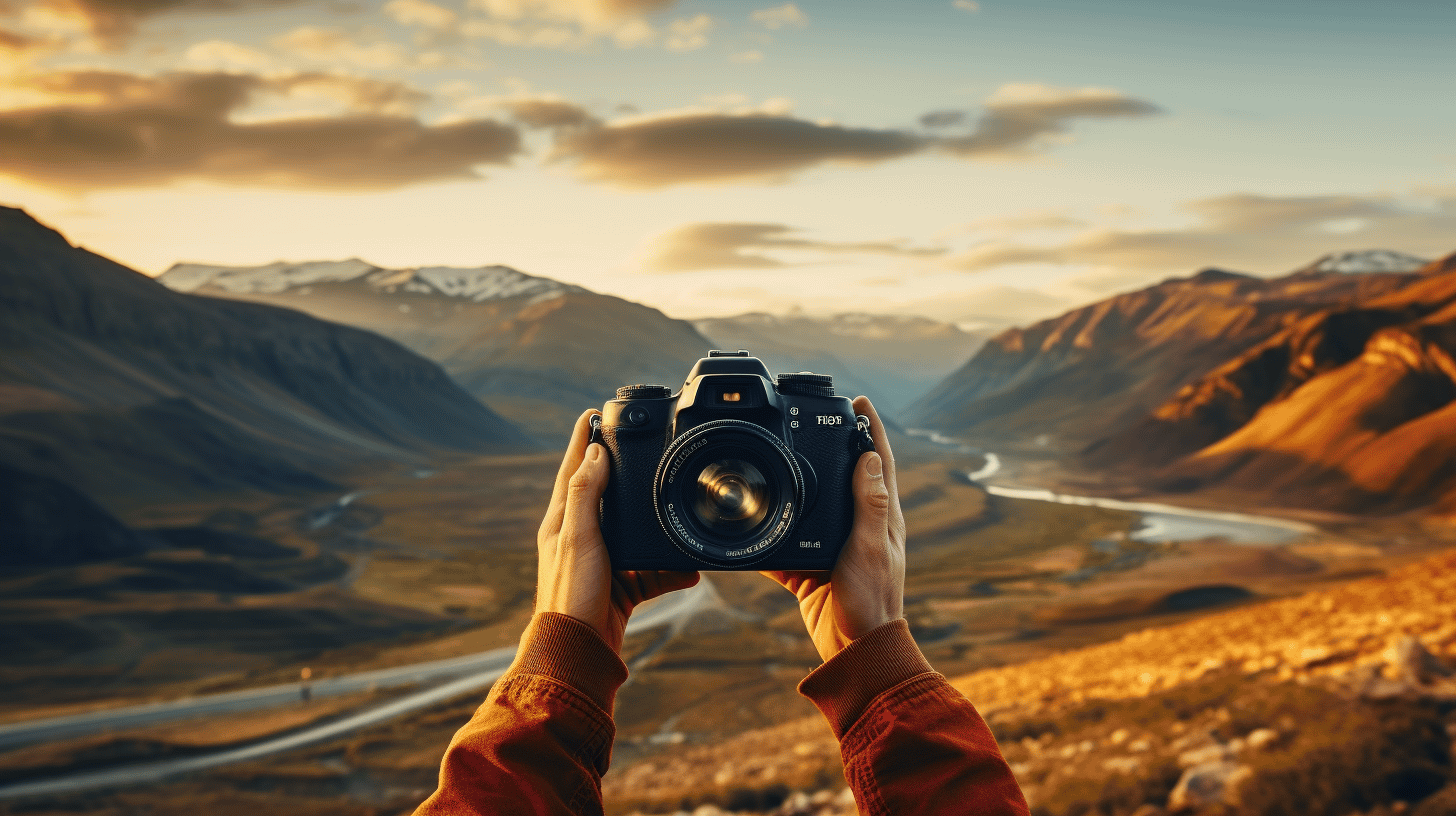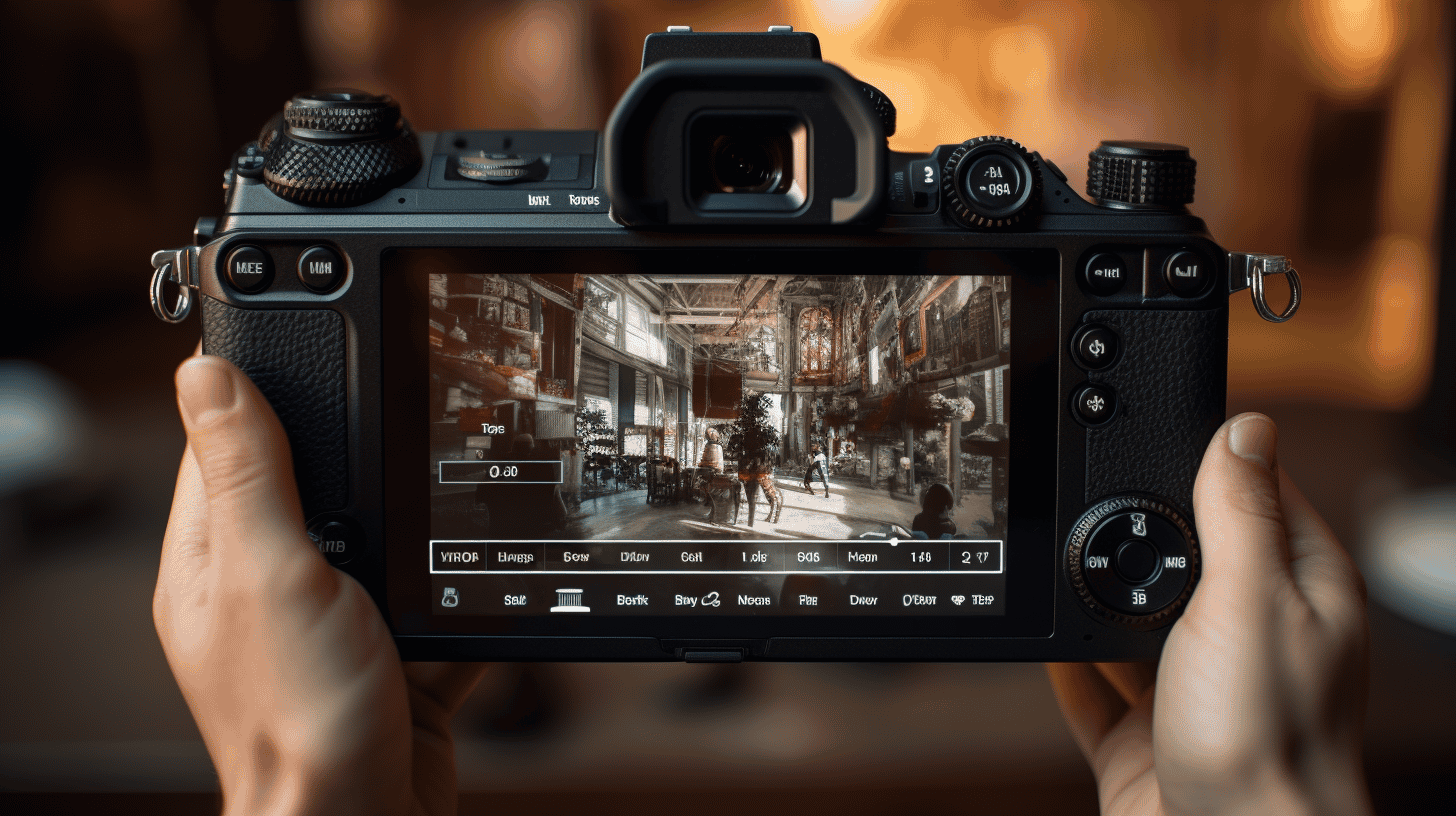In today’s digital era, image processing has undergone significant transformations, making it essential for photographers and content creators to stay updated with the newest technologies. AI-powered image processing tools have revolutionized the way photographers enhance and refine their images. This article will delve into the benefits of AI in image processing, explore some popular AI-based tools, provide tips for maximizing image quality, and offer recommendations on when and how to use these tools. For those wanting to elevate their image quality and make their photos stand out, read on!
Table of Contents
- Benefits of AI in Image Processing
- Popular AI-Based Image Processing Tools
- Tips and Tricks for Using AI Image Processing Tools
- Ethical Guidelines to Consider When Using AI Tools
- Frequently Asked Questions
Benefits of AI in Image Processing
AI has brought numerous advantages to the field of image processing. Here are some of the most significant benefits:
- Speed and Efficiency: AI-powered image processing tools can analyze and process images much faster than traditional software, saving photographers and content creators valuable time.
- Improved Quality and Precision: Advanced algorithms in AI tools can enhance various aspects of image quality, such as sharpness, color balance, noise reduction, and more, producing outstanding results.
- Intelligent Editing: AI can recognize and efficiently edit specific areas or subjects within images, allowing for targeted improvements.
- Accessibility: Many AI image processing tools offer user-friendly interfaces and automated editing options, making them suitable for both professionals and beginners.
Popular AI-Based Image Processing Tools
There are several AI-powered image processing tools available today. Some of the most popular ones include:
- Adobe Photoshop: Adobe remains a leader in photo editing software, and their latest version incorporates AI algorithms (known as Adobe Sensei) that assist in various tasks such as object selection, pattern recognition, and automatic color grading.
- Luminar AI: Luminar AI is a fully AI-driven photo editing software that provides users with intelligent editing solutions, ranging from facial recognition to background enhancements. It also comes with a range of preset styles that utilize AI to optimize images.
- Topaz Labs: Topaz Labs offers several AI-based software solutions that perform tasks like noise reduction, sharpening, image enlargement, and JPEG artifact removal. One of their flagship products, Topaz Gigapixel AI, is particularly known for its exceptional results in upscaling images without losing quality.
- Prisma: Prisma is a mobile app that uses AI to transform photographs into stunning artwork, inspired by world-famous artists and styles. Users can choose from a vast library of filters and art styles for unique and eye-catching effects.
Tips and Tricks for Using AI Image Processing Tools
Here are some tips and tricks to help you maximize the potentialof AI image processing tools and improve your overall image quality:
- Experiment with different tools: Don’t limit yourself to just one AI-powered tool or technique. Explore various options to find one that best suits your needs and desired output.
- Understand the software’s capabilities: Familiarize yourself with the features and settings offered by each AI tool you decide to use, so you can take full advantage of its capabilities.
- Edit in moderation: While AI tools offer incredible image enhancements, it is essential to maintain a balanced approach. Avoid over-processing your images, as this may make them appear unnatural or artificially manipulated.
- Use high-quality source images: The better the quality of the original image, the more spectacular the results will be after processing with an AI tool. Garbage in, garbage out; always start with the best possible image to yield the best possible results.
- Save your work frequently: When experimenting with different settings and filters, make sure to save your edits frequently. This will allow you to revert to a previous version if needed and help you avoid losing progress.
- Learn from the pros: Stay informed and inspired by following photography blogs, attending workshops, and joining online communities dedicated to AI-based image processing and photography in general.
Ethical Guidelines to Consider When Using AI Tools
While AI-based image processing tools offer countless benefits, it is crucial to consider the ethical implications of using these technologies. Here are a few guidelines to keep in mind:
- Respect copyright and intellectual property: Always obtain permission from the image owner before using or modifying their photos.
- Refrain from harmful manipulation: Do not use AI tools to create misleading or harmful content by making significant alterations to an image without adequate disclosure.
- Consider privacy and consent: Be cautious when using AI tools that involve the manipulation of personal data, such as facial recognition. Make sure you have the necessary permissions and are following relevant privacy regulations.
- Be transparent: If your image has undergone significant editing using AI, make it known to viewers. Transparency helps to maintain trust and credibility with your audience.
Frequently Asked Questions
1. Are AI image processing tools suitable for beginners?
Yes, many AI-powered image processing tools are designed with user-friendly interfaces and automated editing options, making them appropriate for both professionals and beginners.
2. How do I choose the best AI tool for my needs?
Consider factors such as ease of use, specific features, and pricing. Look for reviews and tutorials online, experiment with free trials, and, if possible, seek recommendations from fellow photographers or content creators.
3. Can I rely solely on AI tools for all my image editing needs?
While AI tools can provide remarkable results, it is essential to recognize their limitations. They should be used as a complement to, rather than a replacement for, traditional image editing techniques and software.
4. Are there any downsides to using AI-powered image processing tools?
Some potential downsides include theoveruse or abuse of AI tools, leading to unnatural or distorted images. Additionally, ethical concerns may arise when using AI for manipulating personal data, such as facial recognition or generating misleading content.
5. How do I keep up-to-date with developments in AI-based image processing?
Subscribe to photography blogs, join online communities or forums, and follow AI-based image editing software developers’ social media channels to stay informed about the latest innovations, features, and advancements in the field.
In conclusion, AI-powered image processing tools have the potential to elevate your photography and image quality to new heights. By understanding the benefits and challenges, staying informed about available tools, following ethical guidelines, and mastering tips and tricks, you can make the most of these cutting-edge technologies to create visually stunning and impactful content.




0 Comments